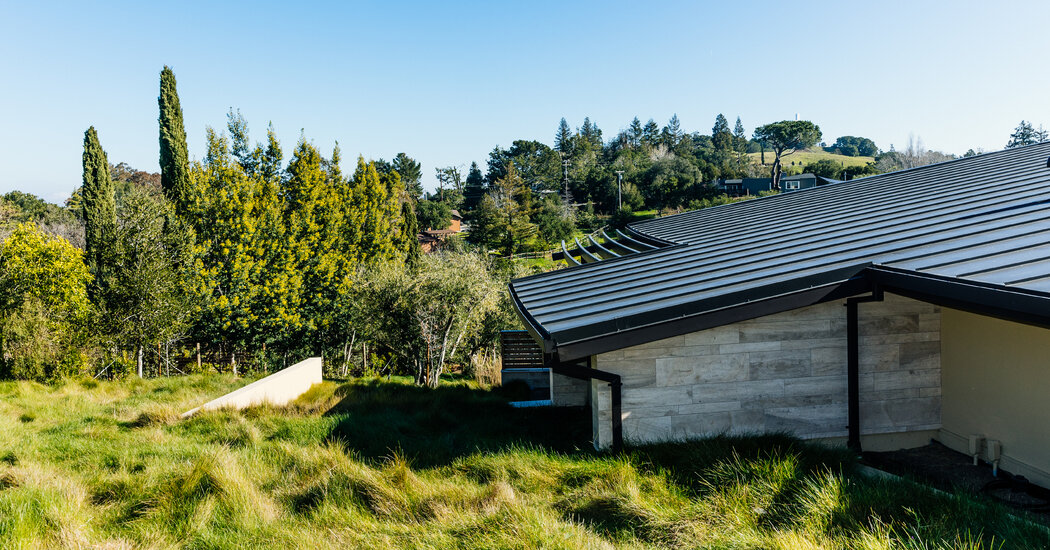The appeal of off-grid homes has grown in part because utilities have become less reliable. As the number of natural disasters related to climate change has increased, there have been more prolonged power outages in California, Texas, Louisiana and other states.
A critical year for electric vehicles
The popularity of battery-powered cars is increasing worldwide, even if the general car market is stagnating.
Californians are also angry that electricity rates continue to rise and state policymakers have proposed reducing the incentives for installing solar panels on homes that are connected to the grid. Installing off-grid solar and battery systems is expensive, but once the systems are up and running, they typically require modest maintenance and homeowners don’t have an electricity bill.
RMI, a research organization formerly known as the Rocky Mountain Institute, has predicted that by 2031, most California homeowners will save money by going off the grid as solar and battery costs fall and utility rates rise. . The group predicts that this phenomenon will increasingly occur in less sunny regions such as the northeast in the coming decades.
David Hochschild, chairman of the California Energy Commission, a regulatory agency, said state residents tend to be early adopters, noting that even a former governor, Jerry Brown, lives in an off-grid house. But Mr Hochschild added that he was not convinced that such an approach made sense for most people. “We build 100,000 new homes a year in California, and I estimate 99.99 percent of that is connected to the grid,” he said.
Some energy experts worry that people going off grid are unknowingly harming efforts to reduce greenhouse gas emissions. That’s because the excess electricity produced by rooftop solar panels no longer reaches the grid, where it can replace power from coal or natural gas plants. “We don’t need everyone to cut the cord and go it alone,” said Mark Dyson, senior director at RMI’s carbon-free electricity unit.
Solar panels and a view
Pepe Cancino moved from Santa Monica to Nevada County in 2020 after he and his wife, Diane, lost their jobs during the pandemic. They bought five acres with spectacular views of snow-capped mountains. Mr. Cancino, 42, a former home health care worker, picked up a chainsaw and ax and began learning how to build a house and generate his own power.
When they finish their two-bedroom, two-and-a-half bath home this fall, the family, including their 15-year-old daughter, will generate electricity and use a well.

